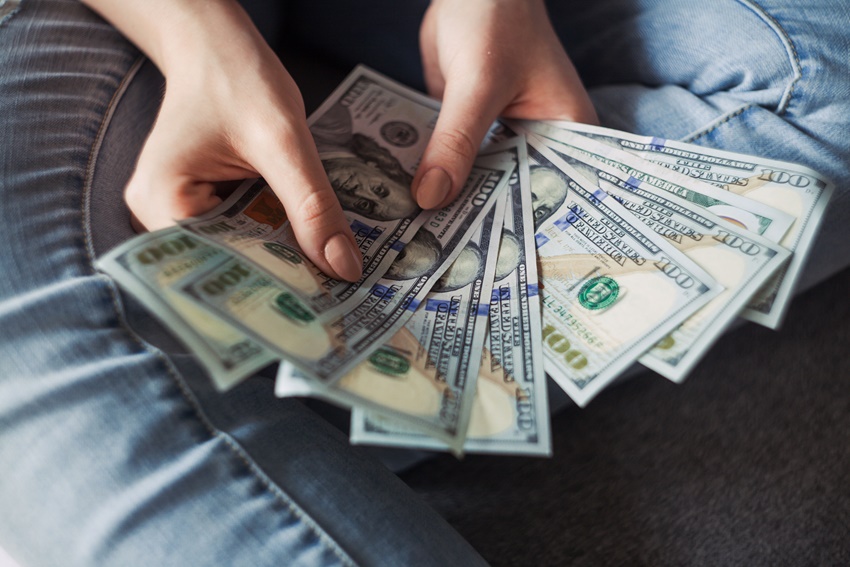Inflation is hard to miss in today’s economic journals and business talks. Every economy, from the most developed to the struggling, underdeveloped ones, is threatened one way or the other from impending inflation. But is inflation an automatic reactive response to the string of events like demand-pulling, cost-pushing, monetary inflation, or is it by our hands through manipulation by policymakers, economists, and financial analysts? Despite the infamous reputation of impossibly high prices and interest rates, inflation offers a mix of opportunity and bottlenecks depending on how you look at it or whether it even happens.
Economies everywhere are wrestling with their acceptable inflation levels and trying to keep the across-the-board spending and overrun of supply under control. Central banks are charged with the responsibility of keeping businesses profitable and wages at a comfortable level. But the balancing act isn’t easy, and it doesn’t come without casualties. While rising prices and interest rates could affect saving and borrowing, risk-savvy investors could venture more into risky strategies with the potential of increasing or maintaining their wealth.
Inflation, at its core, is the tug between supply and demand where money is concerned. With more money available in the hands of the people, it becomes less valuable and forces the prices to rise. Inflation causes price hikes for multiple products, from oil to food to housing properties. In some instances, inflation may be good for the economy, especially when it accelerates consumer demand and consumption, keeping deflation in check.
Determining inflation
The CPI reflects the annual percentage change in prices. The CPI is used as a wake-up call for the Federal reserve to get things under control if the CPI goes past a given percentage. By controlling the economy and pushing for low and stable inflation levels to keep everything running smoothly.
When there’s more money in circulation, the demand for products and services increases. This pushes production to the limit to meet the demand, and the prices also follow suit. If the currency becomes less valuable, debtors find it much easier to repay their loans, and the borrowing culture grows.
Inflation, however, leaves more casualties behind; while homeowners with low fixed-rate mortgage rates are favored, those who hold long-term individual bonds and retirees are on the losing side. Despite the higher interest rates on some “safe” investments, the glare of massive taxation is inevitable.
While savers may enjoy the higher rates after they have endured the depressingly low returns on cash and their investments, the high prices forced upon them will cancel out their savings and leave them with even less than they started with.
Business is booming… or not
Inflation is not all that bad for businesses; with inflation comes economy-wide price hikes, and the more people have to pay for goods and services, the higher the revenue margins for businesses. With growing revenues and a continuously moving growth margin, businesses can look forward to higher gross profits. For some businesses, they may not have the necessary financial weight to balance the demand-supply scale. With inflation, these businesses can use debt as a source of financing with cheaper real terms and less punitive rates, especially with non-fixed interest rate loans.
The opposite side is that inflation can also threaten businesses. Higher inflation can sometimes make it hard for businesses to pass the costs to the consumers, especially if the commodity or service already serves a marginal market. Predicting the nature of inflation and whether it is a temporary rebound from the recession and increased stimulus or one that will last is harder for businesses. Effectively planning and investment analysis during inflationary times could disrupt operations if the inflation is just smoking mirrors.
Notably, inflation will affect the purchasing power of your money; while you still have the same amount of money, you cannot buy the same items as before. Inflation makes it harder to maintain lifestyles, especially if wages don’t increase with the same margin as inflation. And the effect spreads throughout the whole economy into savings, pensions, and investment portfolios.
Creating losers and gainers
Savers are usually the worst hit by inflation. The low level of interest affects cash savings and long-term savings. To counter this, investors and other people will opt into assets with a traditionally higher price and stable value that is a good hedge for inflation. Most of the available opportunities include some form of inflation-linked opportunities, government loans, property, and stocks.
While savers struggle, borrowers are among the biggest winners. Since the purchasing power of money decreases, the interest rates will typically fall below inflation. The real value of money is much lower, and if your debt had a fixed rate, you could return the same amount but at less of a value than initially expected when borrowing the loan.
Most retirees will have a way of managing their wealth and saving it for the next generation. Those who miss out on pension schemes with a flexible inflation ratio and get saddled with a fixed annuity pension income will end up losing more money. As a rule of thumb, when saving for the retirement years, it is essential that you regularly monitor the portfolio’s performance and all your investment strategies. If they fall behind the inflation rate over a given period, you should consider other alternative investments that offer reliable growth.
As an investor, inflation could be an inconvenience you can walk over and make some money from or quicksand that slowly but surely buries you. The returns from your investments should be enough to manage the portfolio and expand it without affecting your personal expenditures.
Inflation could be closer than you might think
For a while now, the narrative behind inflation has been that it isn’t that bad and is still a long way off. But the pandemic, if anything, has proven that we can’t rely on tight strategies and hunches to stabilize the economy. Prices dipped and then rose with equal measure, businesses had to close down, and salaries, if you still had them, could only buy so much. The threat of inflation today is tied to how fast the economy can recover and the monetary decisions the Fed will make. Any tipping of the scales in a bid to tether the inflation rate to the 2% sweet spot would not only be challenging but impossible to maintain.
Consumer culture today is much different. With people opting for eCommerce and door-to-door deliveries, assessing the actual level of inflation requires obsessive analysis of the markets. Stocks rise and fall overnight, and startups can shake up veteran companies and stock prices. We have a big part to play when it comes to inflation. Choosing to buy products from a specific brand, paying with crypto, or even investing more on tech than commodities adds up to where inflation goes next.
Currently, the muted inflation pressures and expectations are enough to cause temporary price hikes, with only real inflation being nothing more than a cautionary tale. As the world regains some stability, the tariff wars between countries and mounting political pressures could stall recovery for a little while. However, things could look good by the next release of CPI reports, or everyone will have to revisit their budget.
This post was written by Willy Wallace on Fiverr, Willy is a business and economics writers I found while looking for writers to help us all learn more about protecting our assets during inflation. You can find more posts written by Willy here:
Subscribe for more business, sales and investing posts. Have a lovely day.











